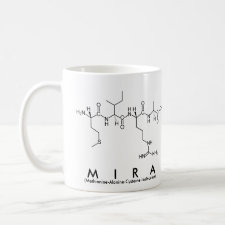
Authors: de Alda MJL, Díaz-Cruz S, Petrovic M, Barceló D
Article Title: Liquid chromatography-(tandem) mass spectrometry of selected emerging pollutants (steroid sex hormones, drugs and alkylphenolic surfactants) in the aquatic environment.
Publication date: 2003
Journal: Journal of Chromatography A
Volume: 1000
Issue: (1-2)
Page numbers: 503-526.
DOI: 10.1016/S0021-9673(03)00509-0
Abstract: Among the various compounds considered as emerging pollutants, alkylphenolic surfactants, steroid sex hormones, and pharmaceuticals are of particular concern, both because of the volume of these substances used and because of their activity as endocrine disruptors or as causative agents of bacterial resistance, as is the case of antibiotics. Today, the technique of choice for analysis of these groups of substances is liquid- chromatography coupled to mass spectrometry (LC-MS) and tandem mass spectrometry (LC-MS-MS). In the last decades, this technique has experienced an impressive progress that has made possible the analysis of many environmental pollutants in a faster, more convenient, and more sensitive way, and, in some cases, the analysis of compounds that could not be determined before. This article reviews the LC-MS and LC-MS-MS methods published so far for the determination of alkylphenolic surfactants, steroid sex hormones and drugs in the aquatic environment. Practical considerations with regards to the analysis of these groups of substances by using different mass spectrometers (single quadrupole, ion trap and triple quadrupole instruments, etc.), interfaces and ionization and monitoring modes. are presented. Sample preparation aspects, with special focus on the application of advanced techniques, such as immunosorbents, restricted access materials and molecular imprinted materials, for extraction/purification of aquatic environmental samples and extracts are also discussed. (C) 2003 Elsevier Science B.V. All rights reserved



Join the Society for Molecular Imprinting

New items RSS feed
Sign-up for e-mail updates:
Choose between receiving an occasional newsletter or more frequent e-mail alerts.
Click here to go to the sign-up page.
Is your name elemental or peptidic? Enter your name and find out by clicking either of the buttons below!
Other products you may like:
 MIPdatabase
MIPdatabase









